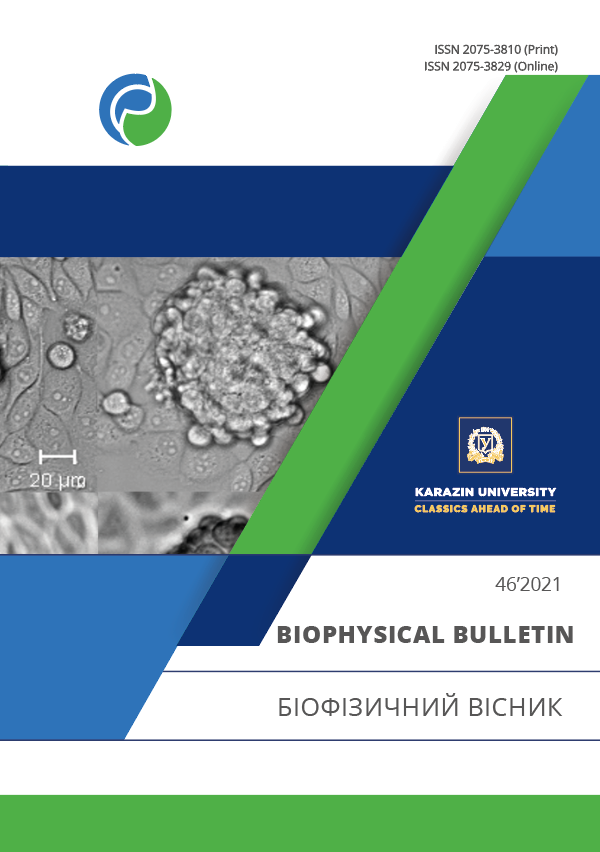Inverse Radon transform without singularity for rays with a point focus
Abstract
Background: The need to reconstruct images from their projections has been repeated many times as a means of studying an object in a wide variety of fields of science, technology and medicine.
The basis of this method is the penetration through object of beams under different angles and the acquisition of a shadow image on the surface sensitive to these rays. Since that the tissues and bones have different absorption densities from such projections it is possible to get a reasonably accurate idea of the presence of pathological formations or lesions.
Despite all the advantages of tomography, it has disadvantages. One of the most serious is the exceedance of radiation for humans. Therefore, there are several options for reducing the burden on the patient, one of which is the use of tomosynthesis instead of CT scanning. Tomosynthesis occupies an average position in informativeness between computer tomography and radiology not much higher than the dose of the latter. As a result, work is underway worldwide to improve the tomosynthesis method to increase the number of diseases that can be diagnosed by this method and to improve the quality of the images obtained.
Objectives: Defines the efficiency of the image recovery method when using the Radon transform in general form compared to classical methods.
Materials and methods: Mathematical physics methods for reconstructing medical images, namely the Fourier transform in the polar coordinate system and the Radon transform.
Results: As a result of the work done, an expression for the reverse Radon transform was obtained and the work of the tomograph with point focus of X-ray rays was modeled. When comparing different reconstruction techniques with the original image, the Radon transform is generally more accurate.
Conclusions: Despite the considerable increase in the time of reconstruction computation, about three times, this method has practical advantages in the case of detection of pathologies that only develop and have no clear boundaries or in the case of detection of small objects.
Downloads
References
Herman GT. Image reconstruction from projections: The Fundamentals of Computerized Tomography. New York: Academic Press; 1980. 346 p. ISBN 0-12-342050-4.
Hungerbühler N. Singular Filters for the Radon Backprojection. J Appl Anal. 1998;5(1):17–33. https://doi.org/10.1515/JAA.1999.17
Kunyansky LA. Generalized and Attenuated Radon Transforms: Restorative Approach to the Numerical Inversion. Inverse Probl. 1992;8(5):809. https://doi.org/10.1088/0266-5611/8/5/008
Ershova AA. A modified regularization method for solving integral equations of the 1st kind in problems of mathematical modeling [dissertation]. Ekaterinburg: Ural Federal University, 2019. 109 p. (in Russian)
Authors who publish with this journal agree to the following terms:
- Authors retain copyright and grant the journal right of first publication with the work simultaneously licensed under a Creative Commons Attribution License that allows others to share the work with an acknowledgement of the work's authorship and initial publication in this journal.
- Authors are able to enter into separate, additional contractual arrangements for the non-exclusive distribution of the journal's published version of the work (e.g., post it to an institutional repository or publish it in a book), with an acknowledgement of its initial publication in this journal.
- Authors are permitted and encouraged to post their work online (e.g., in institutional repositories or on their website) prior to and during the submission process, as it can lead to productive exchanges, as well as earlier and greater citation of published work (See The Effect of Open Access).





